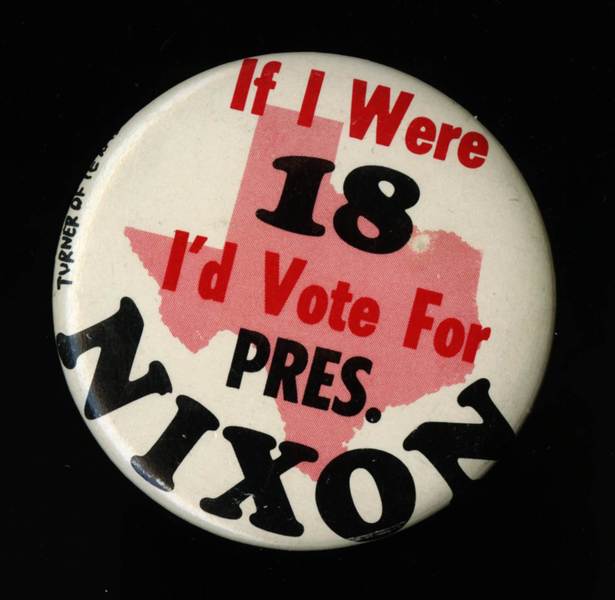
 Before Election Day was created by Congress in 1845, individual states held elections within a 34-day period before the first Wednesday in December. Early voting results affected turnout and changed voters’ minds in states that held later elections, leading to those later voters drastically swaying national elections. In 1845, Congress designated the first Tuesday following the first Monday in November as Election Day for presidential elections by federal law.
Before Election Day was created by Congress in 1845, individual states held elections within a 34-day period before the first Wednesday in December. Early voting results affected turnout and changed voters’ minds in states that held later elections, leading to those later voters drastically swaying national elections. In 1845, Congress designated the first Tuesday following the first Monday in November as Election Day for presidential elections by federal law.
Enjoy these Gilder Lehrman Institute resources leading up to Election Day!
Online Exhibition
Spotlights on Primary Sources
Gilder Lehrman curators explore documents in the Gilder Lehrman Collection.
- Washington on a proposed third term and political parties, 1799
- “Jefferson is in every view less dangerous than Burr”: Hamilton on the election of 1800
- Nominating an African American for vice president, 1880
- People’s Party campaign poster, 1892
- Campaigning for the African American vote in Georgia, 1894
- Suffragists invoke Lincoln, 1910
- “Reelect Roosevelt - Friend of Labor,” 1936
- Campaigning against Franklin Roosevelt’s third term, 1940
Essays
- “The First Generation: America’s Women Voters, 1776−1807” by Marcela Micucci, History Now 56: The Nineteenth Amendment and Beyond (Spring 2020)
- “The Presidential Election of 1800: A Story of Crisis, Controversy, and Change” by Joanne B. Freeman, History Now 1: Elections (Fall 2004)
- “Adams v. Jackson: The Election of 1824” by Edward G. Lengel, History Now 33: Electing a President (Fall 2012)
- “The Making of the President: Abraham Lincoln and the Election of 1860” by Harold Holzer, History Now 33: Electing a President (Fall 2012)
- “The Contentious Election of 1876” by Michael Holt, History Now 33: Electing a President (Fall 2012)
- “A Right Deferred: African American Voter Suppression after Reconstruction” by Marsha J. Tyson Darling, History Now 51: The Evolution of Voting Rights (Summer 2018), repr. History Now 57: Black Voices in American Historiography (Summer 2020)
- “Women’s Long Journey for the Vote” by Eleanor Clift, History Now 51: The Evolution of Voting Rights (Summer 2018)
- “African American Women and the Nineteenth Amendment” by Sharon Harley, History Now 56: The Nineteenth Amendment and Beyond (Spring 2020), repr. History Now 57: Black Voices in American Historiography (Summer 2020)
- “Franklin Delano Roosevelt—Four-Term President—and the Election of 1944” by Matthew Dallek, History Now 33: Electing a President (Fall 2012)
- “‘A Vote-less People Is a Hopeless People’: Lessons from Selma” by Robert A. Pratt, History Now 51: The Evolution of Voting Rights (Summer 2018), repr. History Now 57: Black Voices in American Historiography (Summer 2020)
Lesson Plans
- “How We Elect a President: The Electoral College”: After completing this lesson, students will understand how the Electoral College system was established and how it functions in determining who will be the president and vice president of the United States.
Grades 4-6
Grades 7-9
Grades 10-12 - “Women’s Suffrage: 140 Years of Struggle”: Students will interpret primary and secondary sources in an effort to understand the struggle for woman suffrage in the United States.
Self-Paced Courses
- The American Presidency, led by Meg Jacobs and Julian E. Zelizer, Princeton University
- Democracy in the Early Republic, led by Led by Andrew Robertson, The Graduate Center of the City University of New York
- Voting and Elections in American History, led by Allan J. Lichtman, American University
